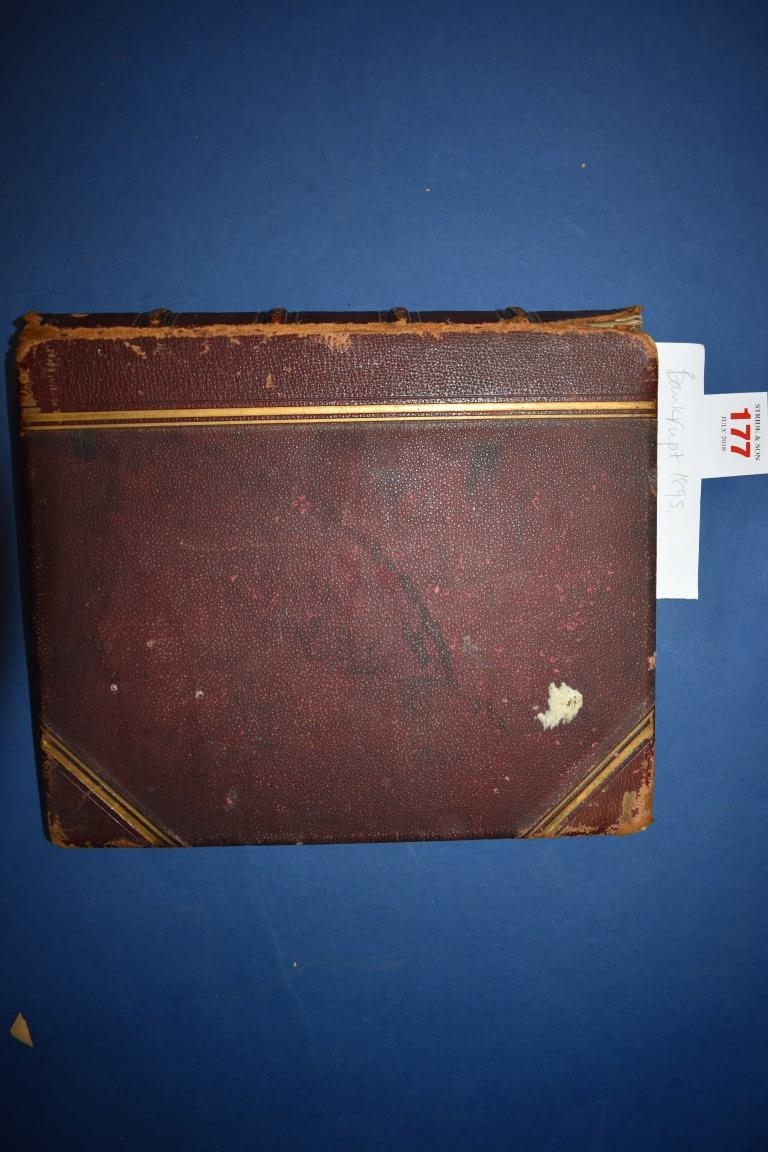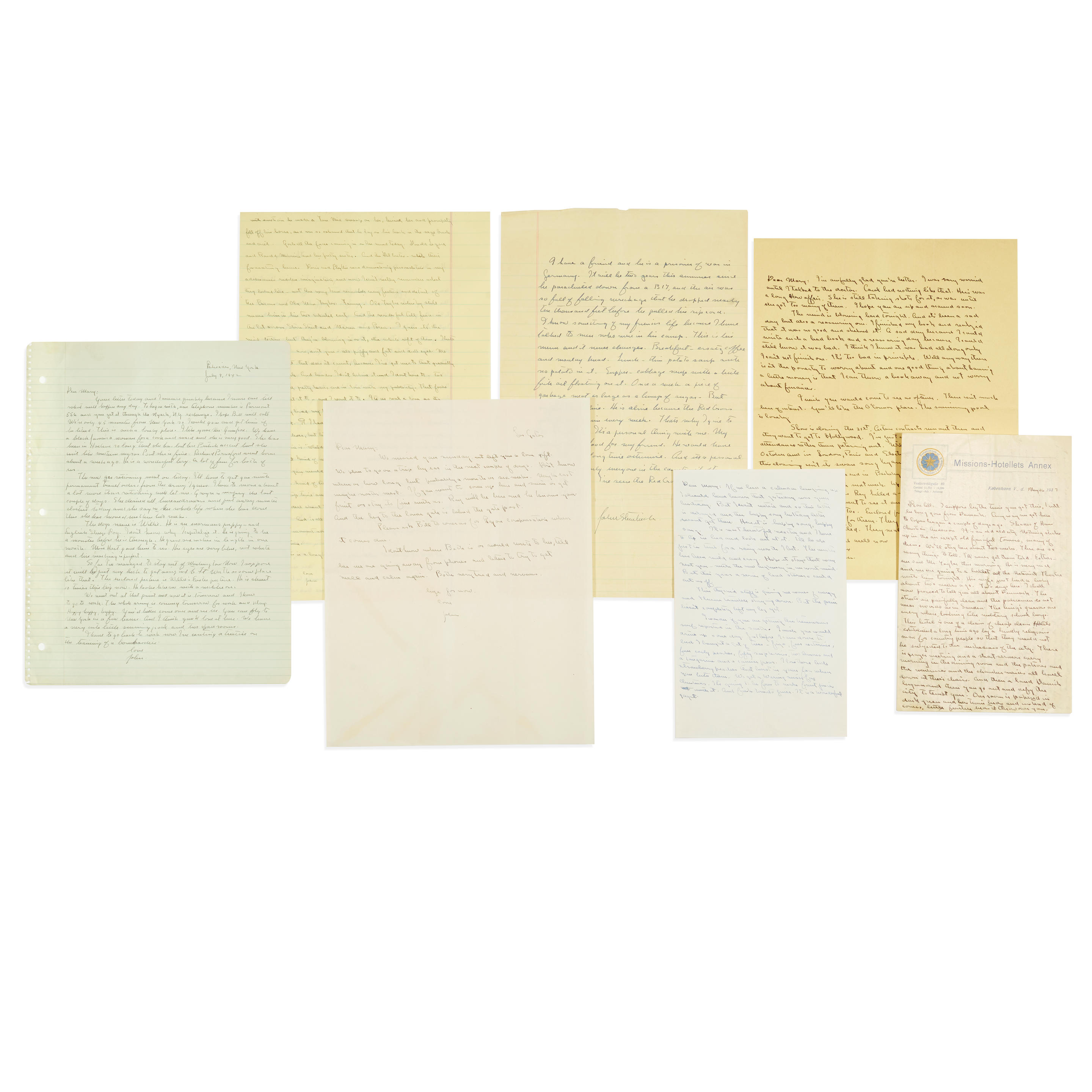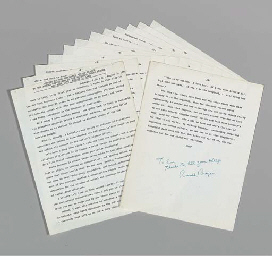Americans who know about the tiny Isetta often know that it was built by BMW. But what they frequently aren't aware of is that it was originally designed and built by Italian appliance manufacturer Renzo Rivolta and marketed as an Iso. The Italian firm produced its version of the bubble car from 1953 to 1956 before the license to build the cars was sold to BMW, which was focusing production on both motorcycles and an expensive line of large cars powered by straight-sixes or V-8s. With the Isetta, volume production soared and BMW was able to earn the cash it needed to develop new conventional models. The biggest change to the Isetta was to deposit an air-cooled four-stroke BMW motorcycle engine in place of the Italian version's two-stroke power unit. In 1956 European models used a 250cc engine, but of course, the American market demanded greater power, which rose from 12 to 13 hp when a 300cc engine was fitted. The rear-engined, rear-drive Isetta featured a four-speed manual transmission. Up front, the suspension was independent, while the narrow rear axle used quarter-elliptic leaf springs. All Isettas used a front-opening door with a steering wheel that swung outward when the door was opened. With a light load and a flat road, an Isetta 300 could reach around 50-53 mph while returning as much as 45 miles per gallon in the city. This very original American-market Isetta 300 has covered just 17,279. Repainted once in its original color, it should be back on the road with relatively little effort.
Americans who know about the tiny Isetta often know that it was built by BMW. But what they frequently aren't aware of is that it was originally designed and built by Italian appliance manufacturer Renzo Rivolta and marketed as an Iso. The Italian firm produced its version of the bubble car from 1953 to 1956 before the license to build the cars was sold to BMW, which was focusing production on both motorcycles and an expensive line of large cars powered by straight-sixes or V-8s. With the Isetta, volume production soared and BMW was able to earn the cash it needed to develop new conventional models. The biggest change to the Isetta was to deposit an air-cooled four-stroke BMW motorcycle engine in place of the Italian version's two-stroke power unit. In 1956 European models used a 250cc engine, but of course, the American market demanded greater power, which rose from 12 to 13 hp when a 300cc engine was fitted. The rear-engined, rear-drive Isetta featured a four-speed manual transmission. Up front, the suspension was independent, while the narrow rear axle used quarter-elliptic leaf springs. All Isettas used a front-opening door with a steering wheel that swung outward when the door was opened. With a light load and a flat road, an Isetta 300 could reach around 50-53 mph while returning as much as 45 miles per gallon in the city. This very original American-market Isetta 300 has covered just 17,279. Repainted once in its original color, it should be back on the road with relatively little effort.















Try LotSearch and its premium features for 7 days - without any costs!
Be notified automatically about new items in upcoming auctions.
Create an alert